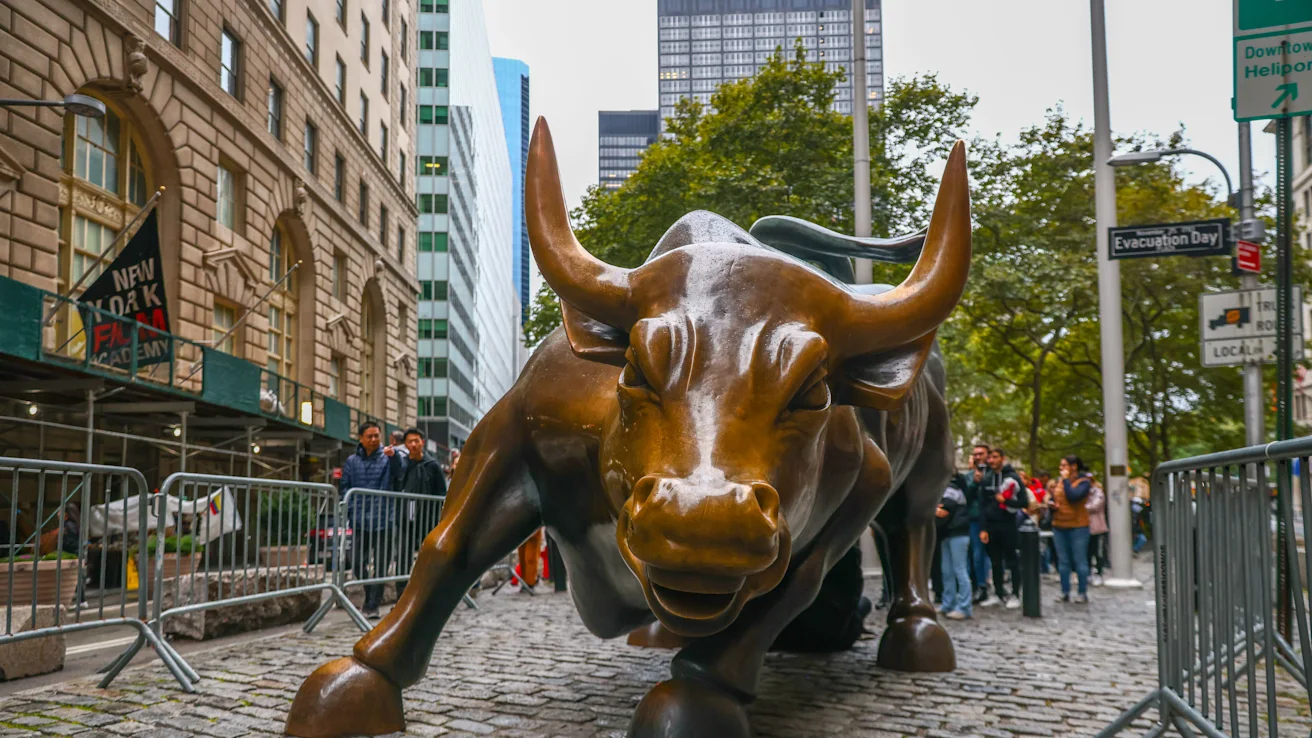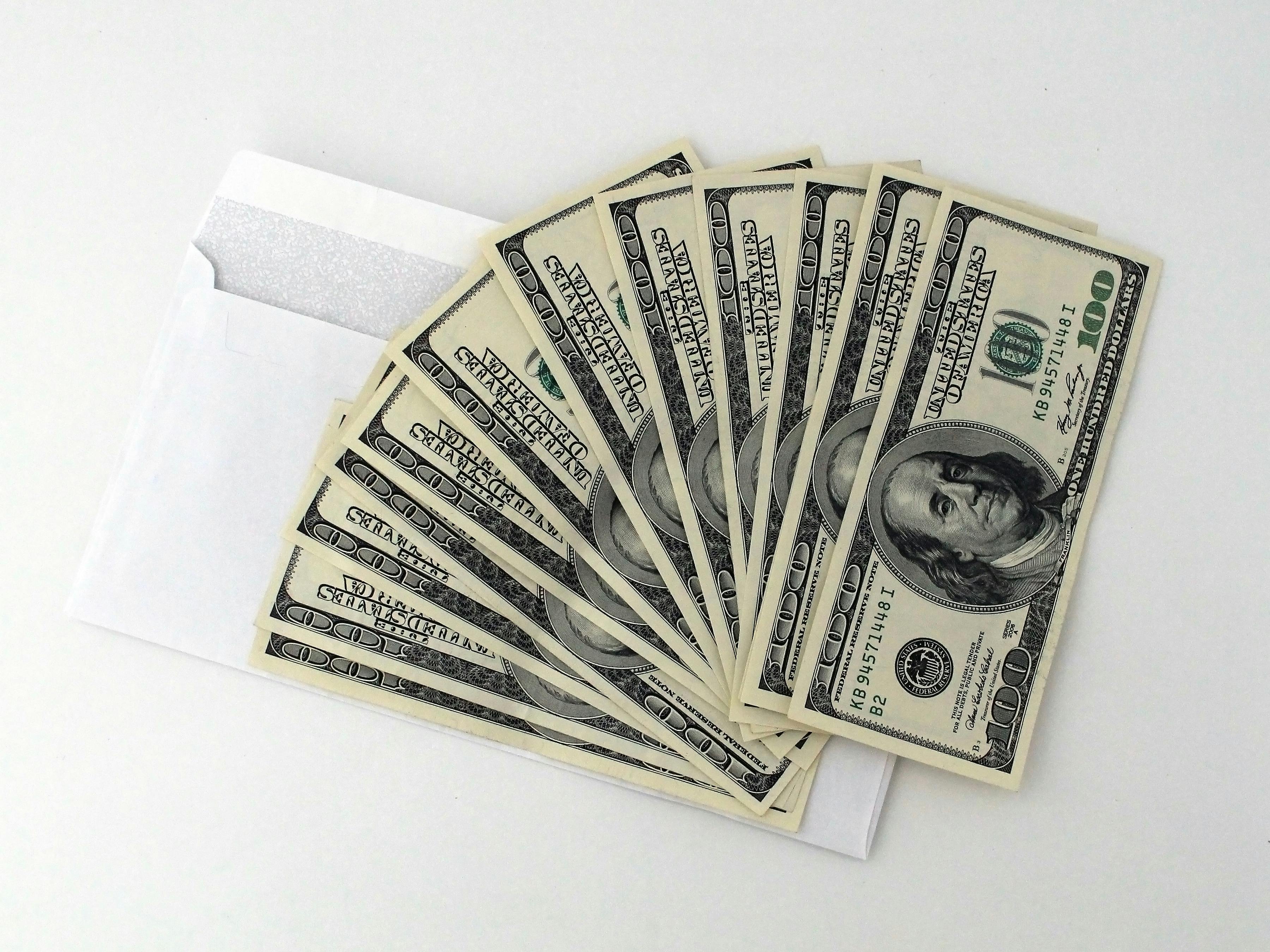Link copied
HSBC sees S&P 500 hitting 7,500 by end of 2026 with 'more to come' in the AI trade.
stock :: 2025-11-26 :: source - yahoo finance
By Hamza Shaban

This is The Takeaway from today's Morning Brief, which you can sign up to receive in your inbox every morning along with:
What we're watching
What we're reading
Economic data releases and earnings
Wall Street still expects the rush to join the AI buildout will continue in the year ahead.
That's the central idea behind HSBC's (HSBC) 2026 projection for the benchmark S&P 500 (^GSPC), which the firm expects to hit 7,500 by next December. The bullish forecast gives investors another vote of confidence in the AI-driven rally that, at times, has appeared to wobble under the strain of bubble fears, but has remained intact.
"AI capex spend should continue to dominate in 2026 as the AI arms race intensifies," HSBC analysts Nicole Inui, Alastair Pinder, and Matt Borchetta wrote in the report.
HSBC's target implies another year of double-digit gains, echoing the tech boom of the late 1990s.
The forecast sidesteps the question of an AI bubble — the authors' colleagues have already argued that we are not in one — and instead posits that rallies can last for some time, "so we see more to come and recommend a broadening of the AI trade." Powering the growth, which amounts to a roughly 12% gain from current levels, is an AI investment boom.
But optimism about a pioneering technology isn't the only trend they expect to flow into next year. The firm expects 2026 to continue being defined by a pinched consumer and the various elements that uphold the K-shaped economy.
"While the AI investment boom should support the economy, we see a more unsteady consumer. Inflation remains sticky, the labor market is wobbly, and policy changes skew more favorably to higher-end consumption," the analysts wrote.
HSBC expects 2026 to be marked by what the analysts call a "two speed economy," or widening gaps between key measures.
High earners and those with higher credit scores are spending more and are more confident about the economy, whereas low-income earners and those with lower credit are spending less and hold more circumspect views.
This earnings season bolstered that interpretation.
Several travel and hospitality names, including Delta (DAL), underscored their strategy to focus on premium offerings. And on the flip side, retail executives spoke of pressured consumers on the hunt for a deal, in what has been described as a nationwide trade-down. Firms that tout a high value proposition, like Walmart (WMT) and the owner of TJ Maxx, Marshalls, and Home Goods, have thrived.
"We see this K-shaped consumer theme widening in 2026 as policy shifts skew towards higher-end consumers and the Fed remains on hold," the HSBC analysts wrote.
HSBC's outlook echoes other optimistic forecasts, which have emphasized lingering upside to the AI investment cycle.
Earlier this week, Deutsche Bank set its 2026 year-end target at 8,000, highlighting AI excitement.
"Rapid AI investment and adoption will continue to dominate market sentiment," Deutsche Bank strategists said in their global outlook note, registering the most bullish call yet among major global brokerages.
Even though a select few names have dominated the AI trade — most notably the Big Tech hyperscalers — HSBC's analysts expect a broadening in 2026, with players downstream of major cloud providers winning out eventually.
"With the AI arms race underway," the firm wrote, "we look to a broadening of the AI trade beyond the hyperscalers to the AI adopters and enablers."
Hamza Shaban is a reporter for Yahoo Finance covering markets and the economy. Follow Hamza on X @hshaban.
This week top market trends.
-
Fed minutes: 'Strongly differing views’ about cutting rates in December
2025-11-20 :: watchlist :: yahoo finance -
Lowe’s Profit Tops Estimates on Online Growth, Sales to Pros
2025-11-20 :: companies :: bloomberg -
McDonald's US sales beat, but earnings miss the mark
2025-11-05 :: companies :: yahoo finance -
Shares end tough November on firmer ground helped by Fed cut bets
2025-11-28 :: stock :: reuters -
AI's valuation problem reaches a 'mini panic moment'
2025-11-16 :: stock :: yahoo finance
Recent global market news
-

2 Vanguard ETFs That Can Be Cash-Generating Machines for Your Portfolio for Years to Come
2025-11-23 :: :: motley fool -

Animoca Brands Wins Provisional Approval From Abu Dhabi’s Financial Regulator
2025-11-24 :: :: cryptonews -

Foreign demand for US Treasuries slips in September, but Japan steps up buying
2025-11-19 :: :: reuters


